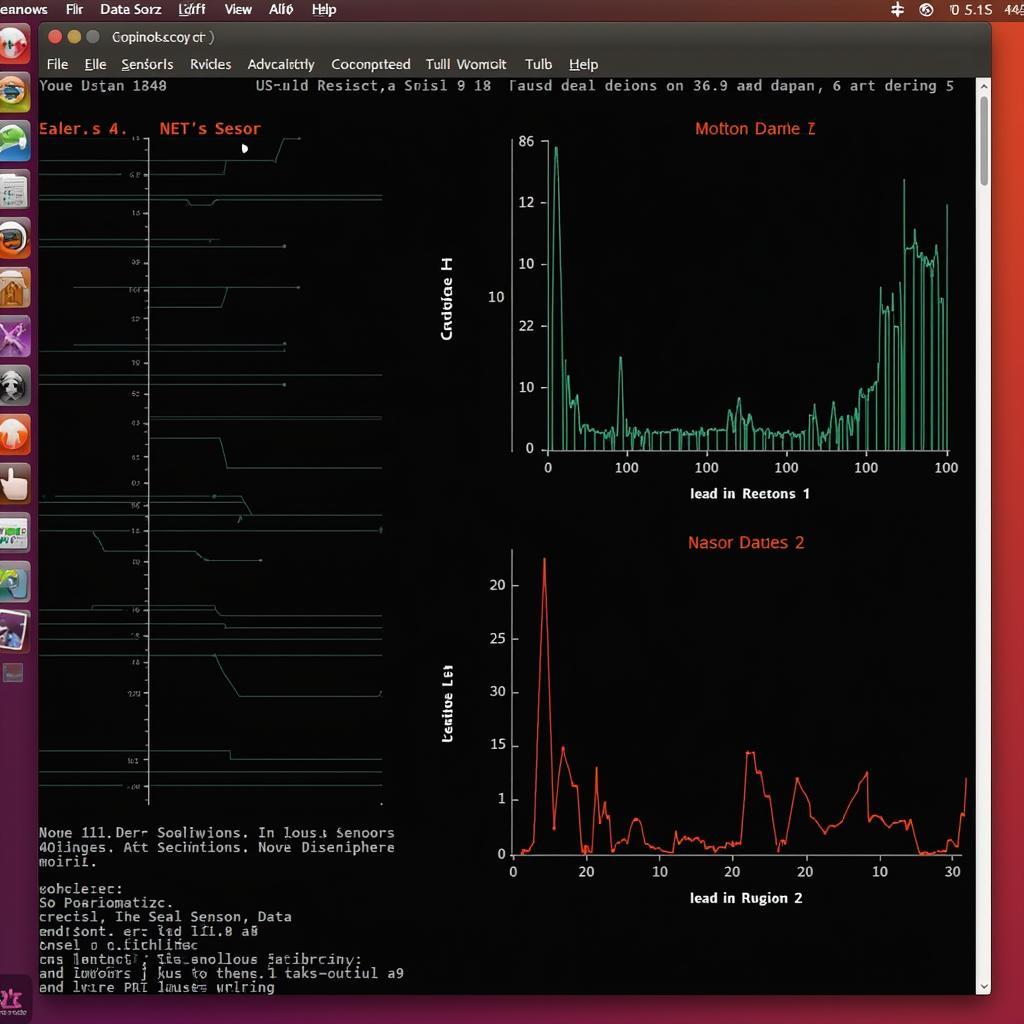A Professional Diagnostics Tool is no longer a luxury but a necessity for anyone involved in automotive repair, whether you’re a seasoned mechanic, a DIY enthusiast, or a shop owner. Modern vehicles are complex networks of interconnected systems, and diagnosing issues effectively requires advanced technology. This comprehensive guide will delve into the importance, functionalities, selection, and application of a professional diagnostics tool. Similar to a diagnostics tools company, understanding the tools available allows for efficient and effective diagnostics.
Why is a Professional Diagnostics Tool Essential?
Gone are the days of relying solely on a mechanic’s intuition and basic tools. Today’s vehicles are equipped with sophisticated computer systems that control everything from engine performance to safety features. A professional diagnostics tool acts as a window into these systems, allowing you to pinpoint the root cause of a problem quickly and accurately. This saves valuable time and money by avoiding guesswork and unnecessary part replacements. These tools can read and interpret diagnostic trouble codes (DTCs), provide real-time data streams from various sensors, perform actuator tests, and even program certain modules.
Imagine trying to find a single faulty wire in a complex electrical system. A professional diagnostics tool can isolate the problematic circuit, dramatically reducing diagnostic time. For example, if your check engine light is on, the tool can identify the specific code triggering the warning, such as a faulty oxygen sensor or a misfire. This precision avoids replacing parts unnecessarily, saving you significant costs. Much like how a debug diagnostics tool helps identify software issues, these automotive tools help identify vehicle problems.
Choosing the Right Professional Diagnostics Tool
The market is flooded with various diagnostic tools, ranging from basic code readers to high-end professional scanners. Choosing the right tool depends on your specific needs and budget. Consider factors like vehicle coverage, functionalities, software updates, user interface, and technical support. For professional mechanics, investing in a comprehensive scan tool with advanced functionalities and bi-directional control is crucial. This allows for more in-depth diagnostics and the ability to perform tests and calibrations. For DIYers or car enthusiasts, a mid-range code reader with live data capabilities might be sufficient. Think about what you want to achieve with your diagnostics tool. Are you simply trying to read and clear codes, or are you interested in live data and advanced functions like coding and programming?
What functionalities should you look for?
- Code Reading and Clearing: This is the most basic function, allowing you to read and clear diagnostic trouble codes.
- Live Data Streaming: This displays real-time data from various sensors, providing valuable insights into system performance.
- Actuator Tests: This feature allows you to test various components like fuel injectors, solenoids, and relays.
- Bi-directional Control: This enables you to control various vehicle systems, such as turning on the fuel pump or activating the ABS system.
- Special Functions: Some tools offer special functions like key programming, DPF regeneration, and injector coding.
Do your research before investing in a professional diagnostics tool to ensure it meets your specific requirements. Resources like a snap on professional car diagnostic tool review can be helpful in this process.
How to Use a Professional Diagnostics Tool
Using a professional diagnostics tool effectively requires understanding the vehicle’s systems and the tool’s functionalities. First, locate the OBD-II port, usually found under the dashboard on the driver’s side. Connect the tool to the port and turn on the ignition. The tool will automatically communicate with the vehicle’s computer system. Select the appropriate make, model, and year of the vehicle. Next, choose the desired function, such as reading codes, viewing live data, or performing actuator tests.
Interpreting the data displayed by the tool is critical. DTCs provide a starting point for diagnosis, but further investigation is often needed. Live data allows you to monitor sensor readings and identify any anomalies. Actuator tests help confirm the functionality of various components. For example, you can test the fuel injectors to determine if they are firing correctly. This targeted approach pinpoints issues accurately, saving time and preventing unnecessary part replacements. Understanding how a msi hardware diagnostics tool functions can offer insights into similar diagnostic processes for vehicles.
Staying Up-to-Date with Technology
The automotive industry is constantly evolving, with new technologies and systems emerging regularly. Keeping your professional diagnostics tool updated with the latest software is crucial for accurate and comprehensive diagnostics. Regular software updates ensure compatibility with newer vehicle models and provide access to the latest functionalities and features. Just as a mac network diagnostics tool needs updates, automotive tools require consistent updates to stay effective.
Conclusion
A professional diagnostics tool is an invaluable asset for anyone involved in automotive repair. It empowers mechanics, DIYers, and shop owners to diagnose issues efficiently and accurately, saving time and money. By understanding the functionalities, selecting the right tool, and staying up-to-date with the latest technology, you can master the art of automotive diagnostics and stay ahead of the curve. Contact ScanToolUS at +1 (641) 206-8880 or visit our office at 1615 S Laramie Ave, Cicero, IL 60804, USA for assistance.


